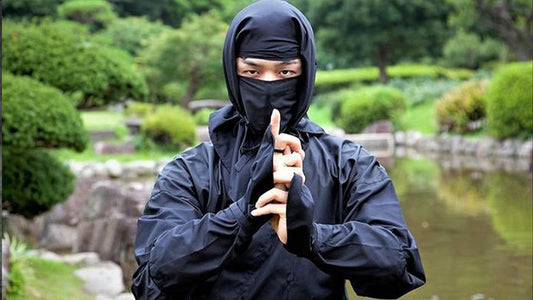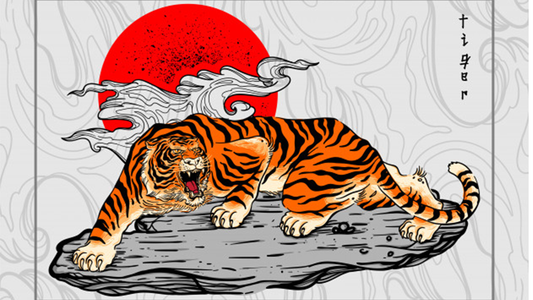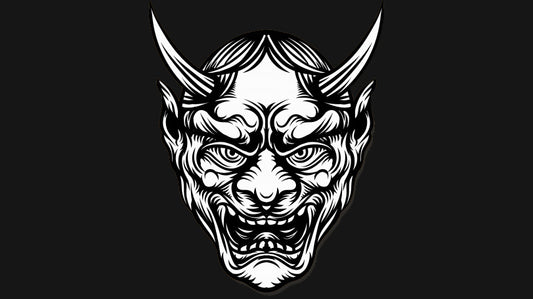Articles

The Nine Hand Seals
Kuji-in, 九字印 known as Nine Hand Seals is a system of mudras and associated mantras consisting of 9 syllables. The mantras are referred to as Kuji 九字, meaning nine...
The Nine Hand Seals
Kuji-in, 九字印 known as Nine Hand Seals is a system of mudras and associated mantras consisting of 9 syllables. The mantras are referred to as Kuji 九字, meaning nine...

Story Behind The Kitsune Mask
Kitsune 狐 きつね Kitsune, or Foxes are found almost everywhere in Japan. They are similar to wild foxes found elsewhere outside Japan apart from their mysterious magical powers. Their...
Story Behind The Kitsune Mask
Kitsune 狐 きつね Kitsune, or Foxes are found almost everywhere in Japan. They are similar to wild foxes found elsewhere outside Japan apart from their mysterious magical powers. Their...

The Japanese Tiger Symbol and its Meaning
TORA! TORA! TORA! 虎 "Tora" is the Japanese word for tiger, originated from southern China, deriving from the word "taira". Although, they have never lived in the wilds within Japan,...
The Japanese Tiger Symbol and its Meaning
TORA! TORA! TORA! 虎 "Tora" is the Japanese word for tiger, originated from southern China, deriving from the word "taira". Although, they have never lived in the wilds within Japan,...

The Meaning Behind the Hannya Mask
The Hannya Mask is one of the most iconic Noh masks used in Japanese traditional theater. It depicts an envious female demon with two devil horns, piercing metallic eyes, and...
The Meaning Behind the Hannya Mask
The Hannya Mask is one of the most iconic Noh masks used in Japanese traditional theater. It depicts an envious female demon with two devil horns, piercing metallic eyes, and...
